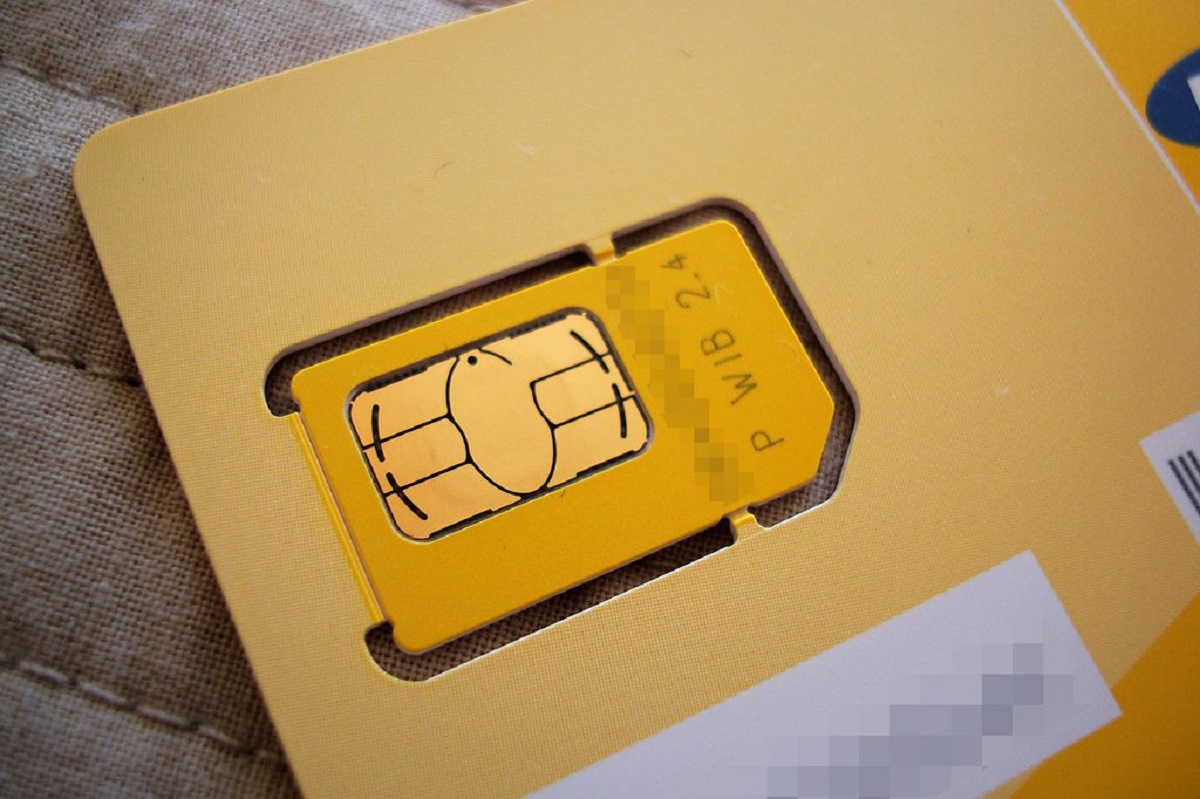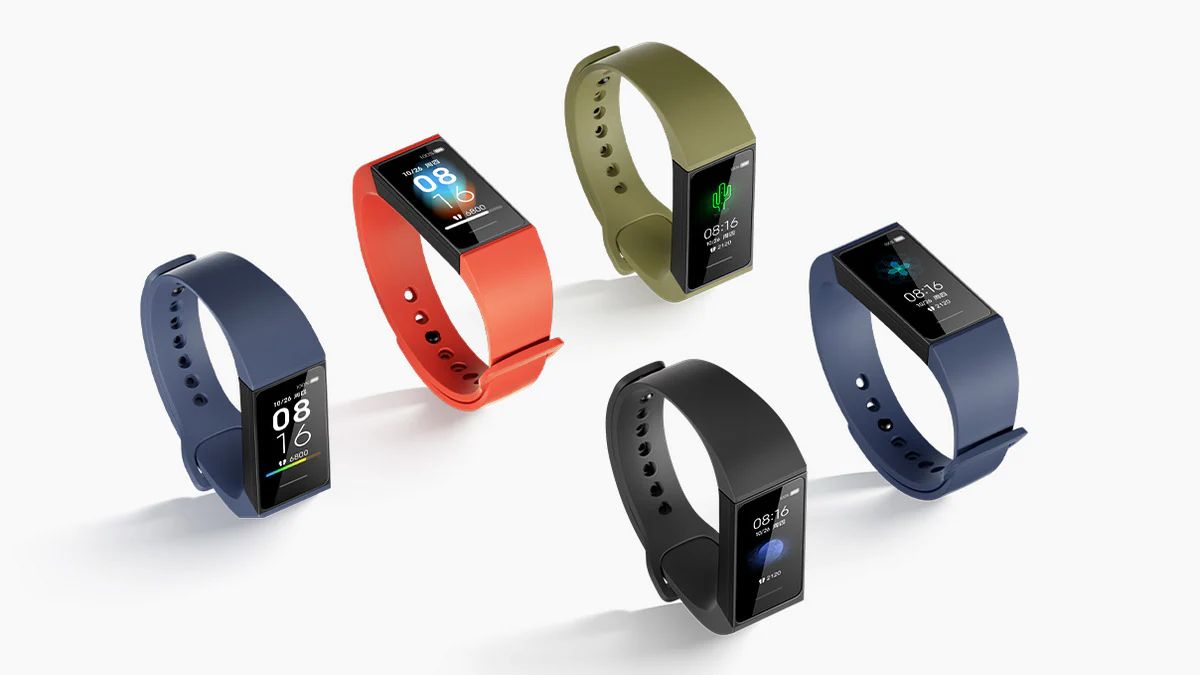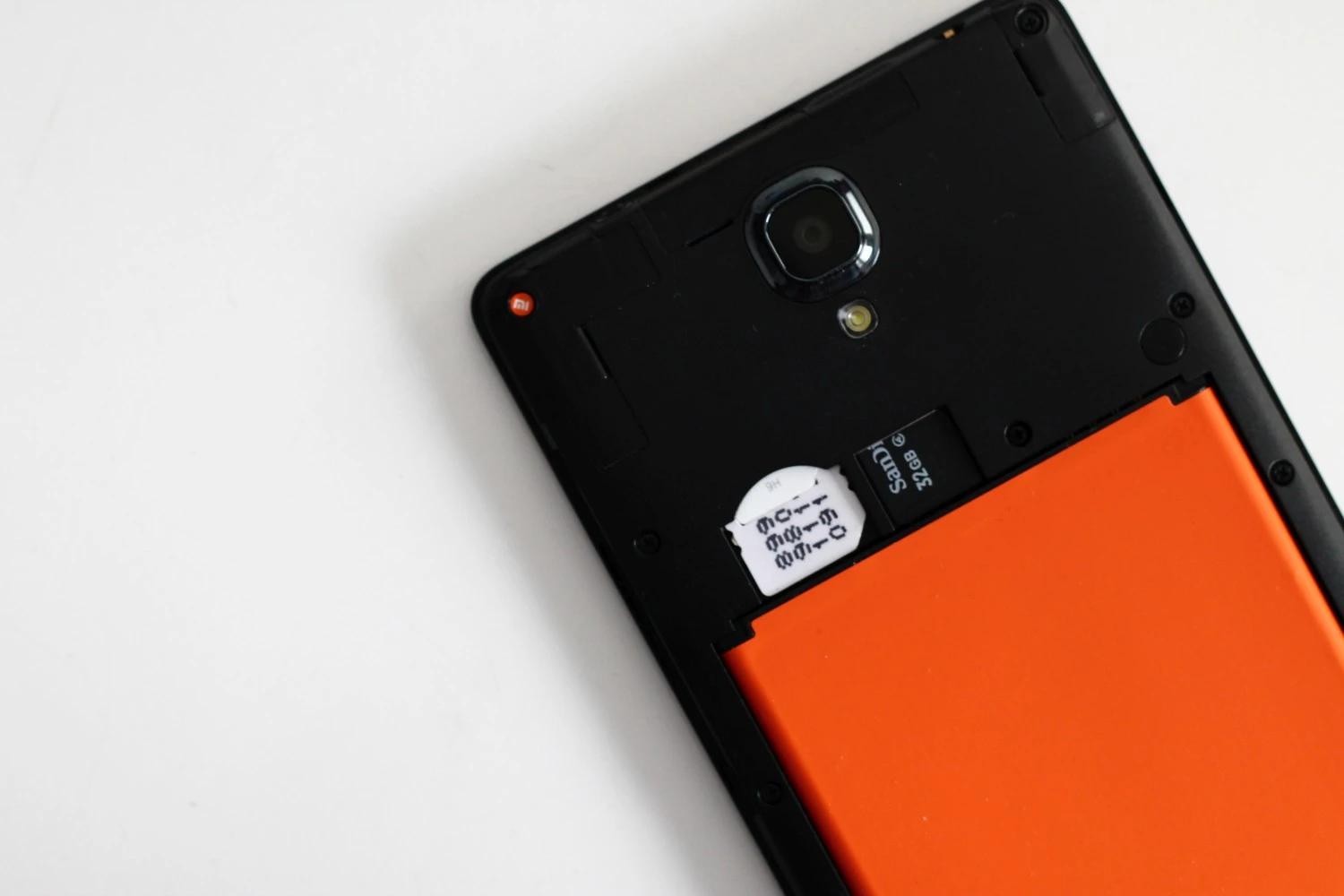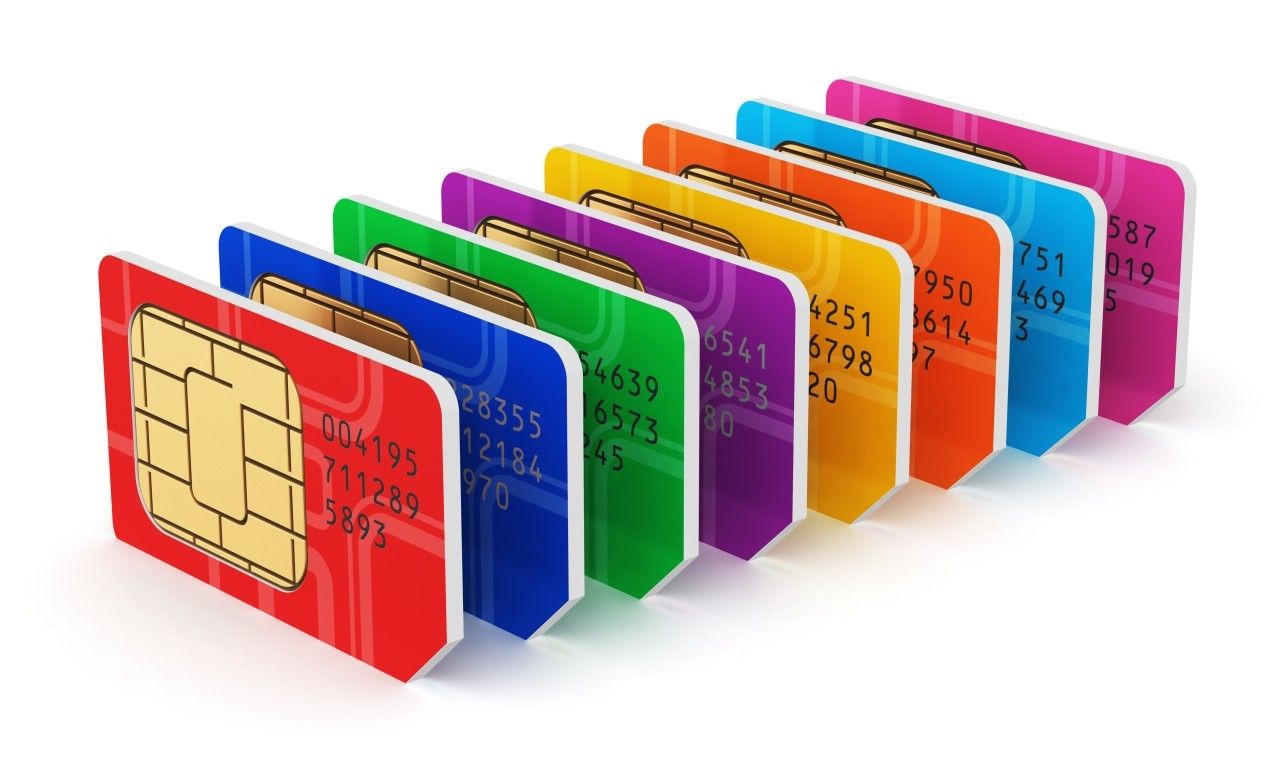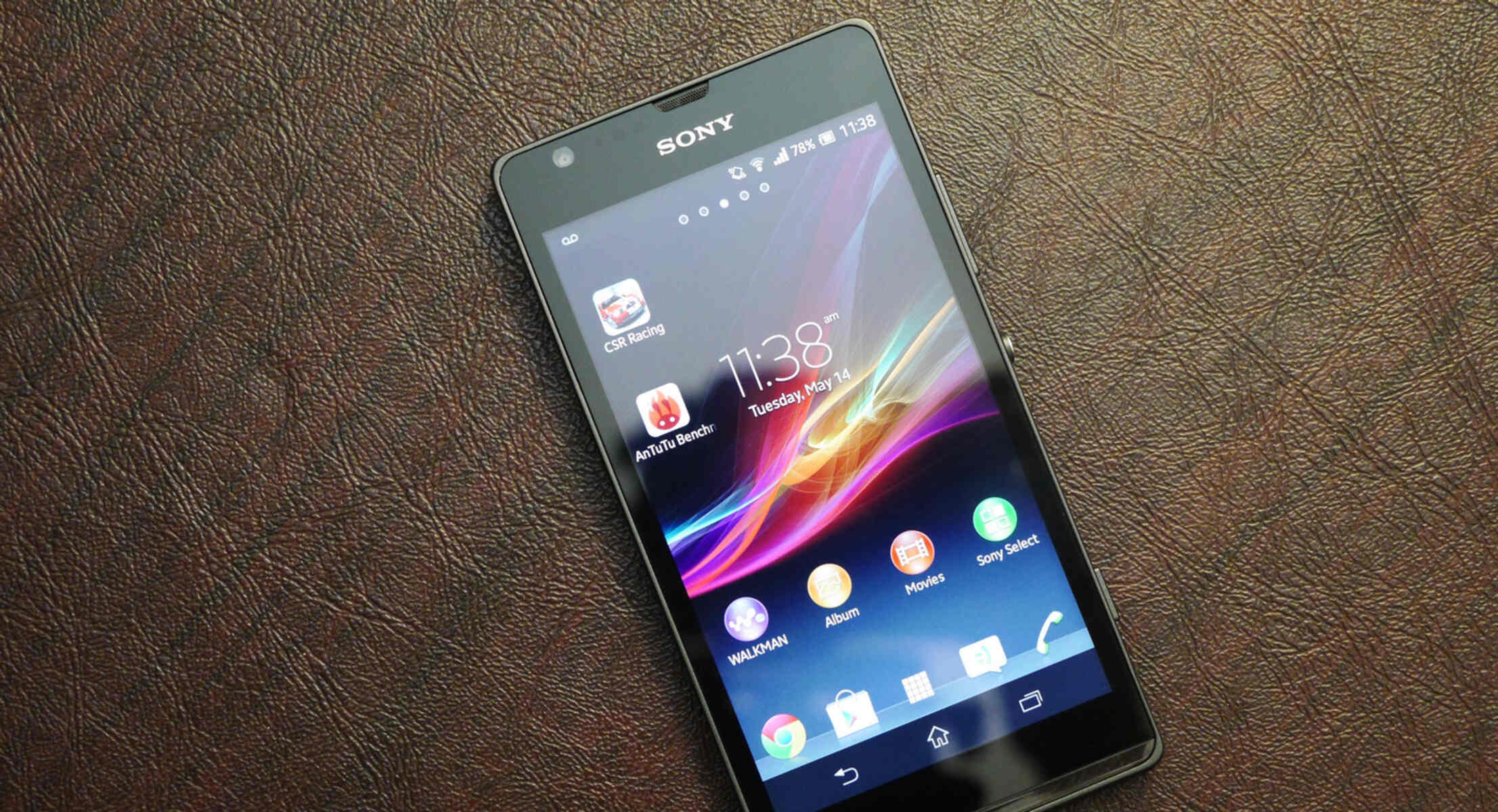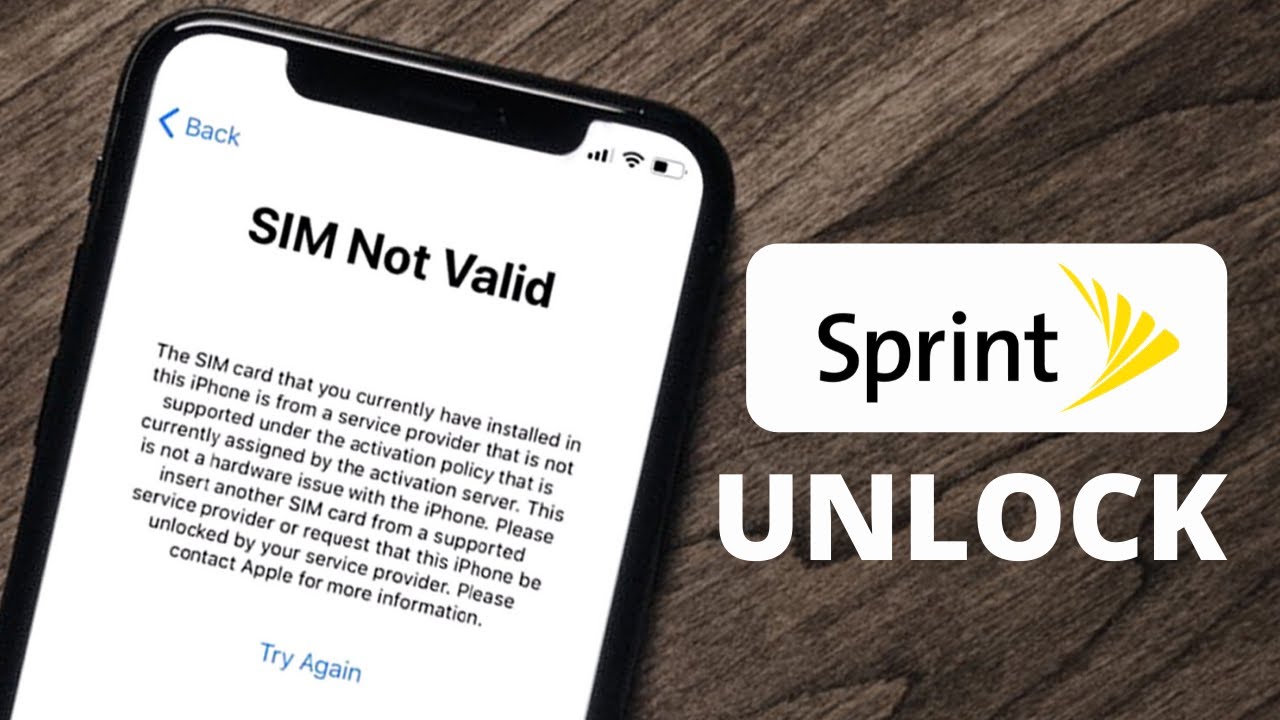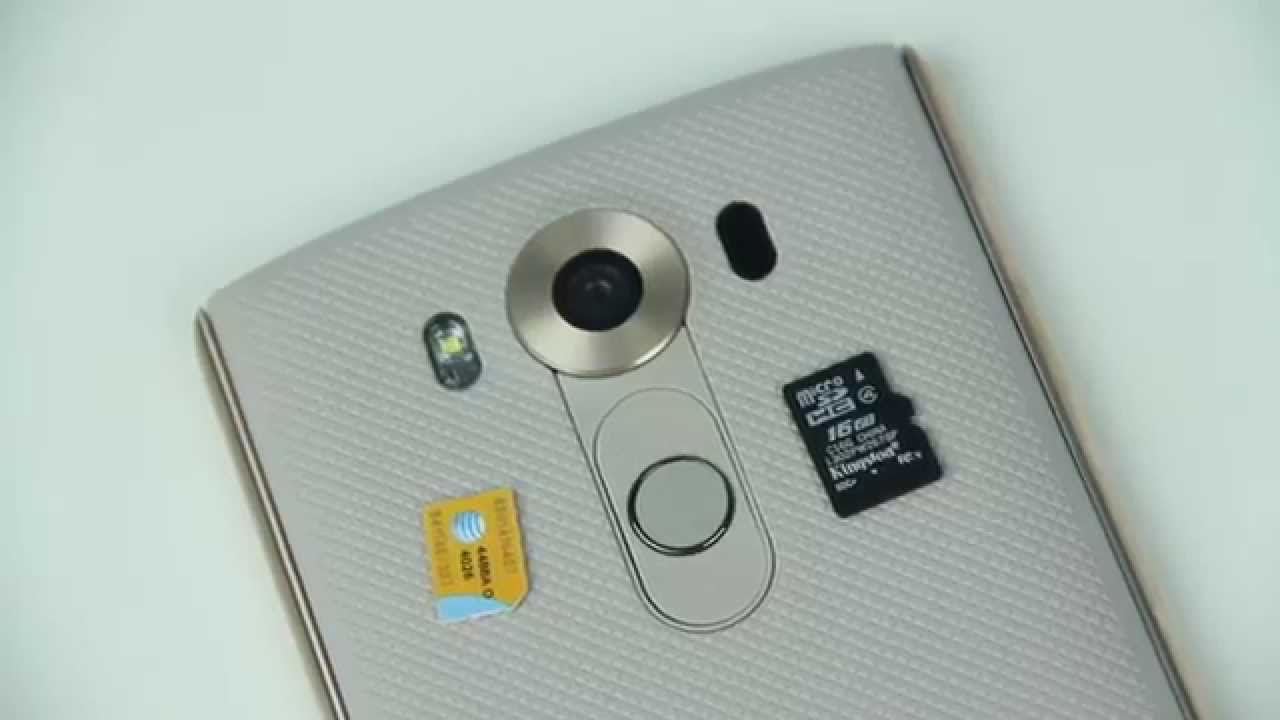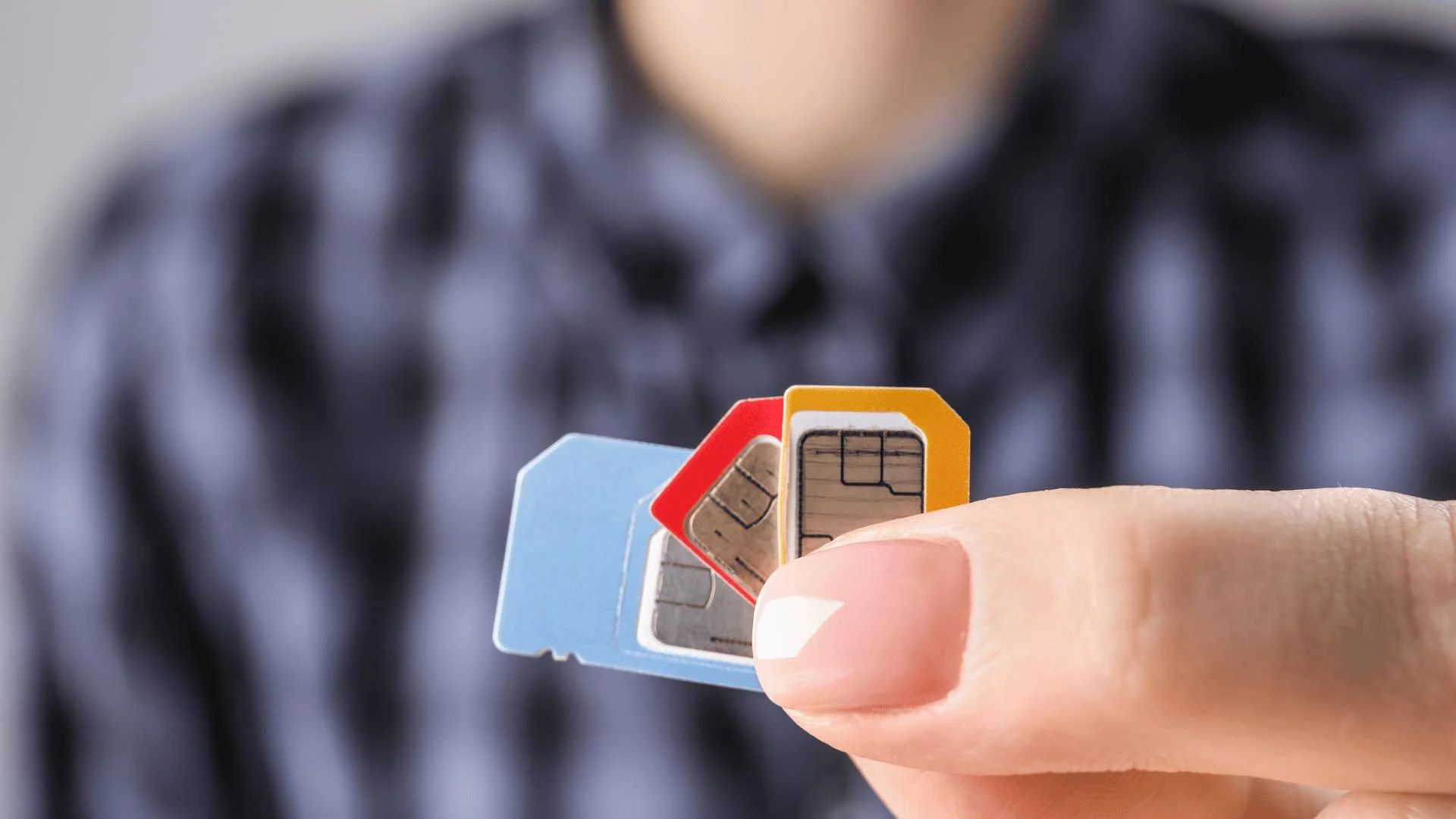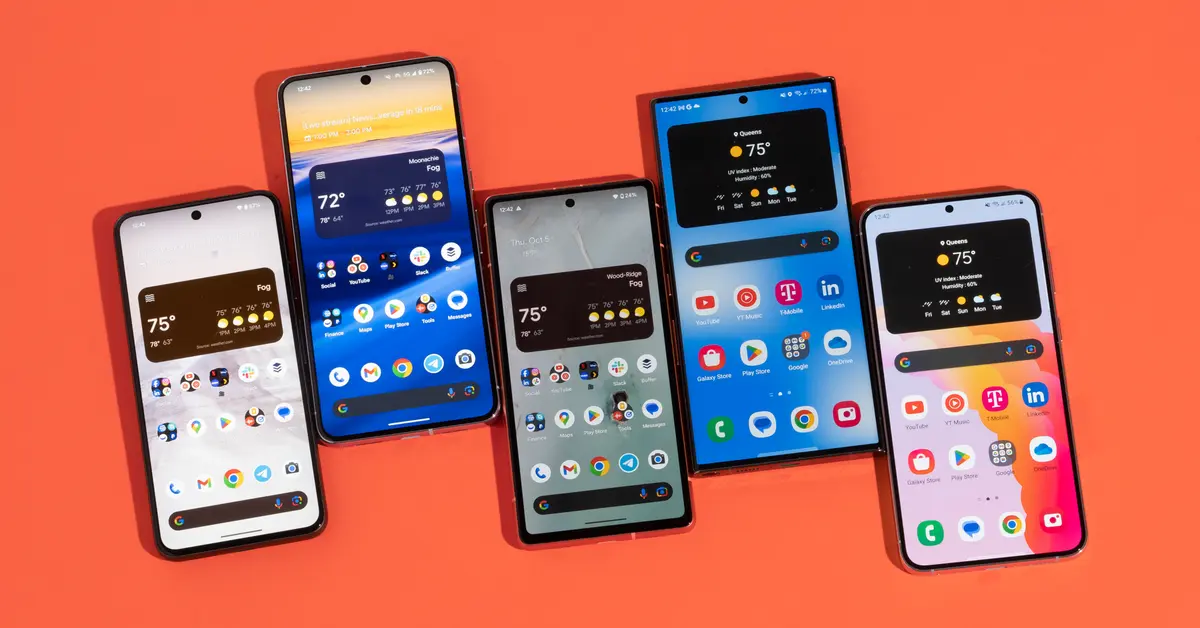Understanding 2G Technology
2G, short for "second generation," represents a significant milestone in the evolution of mobile communication. This technology paved the way for digital voice calls and introduced the world to text messaging. It operates on digital networks, offering improved call quality and the ability to send and receive data. Despite the emergence of more advanced technologies, 2G remains in use in various parts of the world, especially in remote or rural areas where 3G or 4G coverage may be limited.
Key characteristics of 2G technology include:
-
Digital Voice Calls: Unlike its predecessor, analog 1G technology, 2G uses digital signals to transmit voice calls, resulting in clearer conversations and reduced interference.
-
SMS Messaging: 2G networks introduced the revolutionary concept of text messaging, allowing users to send short written messages to one another.
-
Data Transmission: While significantly slower than modern standards, 2G networks enable basic data transmission, such as accessing simple websites and sending/receiving emails.
-
GSM and CDMA: There are two main standards for 2G networks: Global System for Mobile Communications (GSM) and Code Division Multiple Access (CDMA). These standards govern how devices communicate with the network and with each other.
-
Low Bandwidth: 2G networks offer limited bandwidth, making them unsuitable for high-data activities like video streaming or high-definition gaming.
Understanding 2G technology is essential for individuals seeking to utilize older mobile devices or operate in areas with limited network infrastructure. While the technology may lack the speed and capabilities of modern networks, it continues to play a vital role in connecting people around the world.
By comprehending the fundamentals of 2G technology, individuals can make informed decisions about utilizing 2G SIM cards and devices, ensuring seamless communication and connectivity in diverse environments.
Choosing a 2G SIM Card Provider
Selecting the right 2G SIM card provider is a crucial step in ensuring reliable connectivity and seamless communication on older mobile devices. While 2G technology may not be as prevalent as its successors, there are still several reputable providers offering 2G services to cater to specific needs and geographic locations.
When choosing a 2G SIM card provider, it's essential to consider the following factors:
Coverage and Network Reliability
Evaluate the provider's coverage map to determine the availability of 2G services in your area of interest. While 2G coverage may be limited in urban centers in favor of newer technologies, it remains prevalent in rural and remote regions. Opt for a provider with a robust and reliable 2G network to ensure consistent connectivity, especially if you anticipate using 2G services in less densely populated areas.
Pricing and Plans
Compare the pricing and available plans offered by different 2G SIM card providers. Look for options that align with your usage requirements, whether it involves occasional voice calls, text messaging, or basic data transmission. Some providers may offer tailored plans for 2G devices, providing cost-effective solutions for individuals seeking essential connectivity without the bells and whistles of modern data-intensive plans.
Device Compatibility
Ensure that the 2G SIM card provider supports the specific make and model of your mobile device. Compatibility is crucial for seamless activation and usage of the 2G services. Additionally, some providers may offer assistance in configuring older devices to work optimally with their 2G network, enhancing the overall user experience.
Customer Support and Service Quality
Consider the level of customer support and service quality offered by the 2G SIM card provider. Reliable customer support can be invaluable, especially when dealing with older devices or encountering technical challenges. Look for providers known for their responsive support channels and clear communication regarding service-related inquiries.
Longevity and Reputation
Opt for a 2G SIM card provider with a proven track record and a positive reputation in the industry. Established providers with a history of delivering consistent 2G services are more likely to offer stability and reliability, minimizing the risk of service disruptions or unforeseen changes in network infrastructure.
By carefully evaluating these factors, individuals can make informed decisions when choosing a 2G SIM card provider, ensuring that their connectivity needs are met effectively and with peace of mind. Whether for personal, business, or specialized applications, selecting the right provider is a pivotal step in leveraging the capabilities of 2G technology.
Obtaining a 2G SIM Card Online
In today's digital age, obtaining a 2G SIM card online offers convenience and accessibility for individuals seeking to harness the capabilities of 2G technology. Online channels provide a streamlined process for acquiring a 2G SIM card, catering to diverse needs and geographical locations. Whether for activating an older mobile device or exploring 2G connectivity options, the online acquisition of a 2G SIM card presents a straightforward and efficient solution.
The process typically begins by visiting the website of a reputable 2G SIM card provider. These providers often feature user-friendly interfaces that guide individuals through the selection and purchase of 2G SIM cards. Upon accessing the website, users are presented with options to browse available 2G plans, select suitable packages, and initiate the ordering process.
After selecting a preferred 2G plan, individuals are prompted to enter essential details, such as personal information and shipping address, to facilitate the delivery of the SIM card. Many online providers offer secure payment gateways, allowing for seamless transactions and ensuring the protection of sensitive financial information.
Once the order is confirmed, the 2G SIM card is typically dispatched promptly, with shipping times varying based on the individual's location and the provider's shipping policies. Some providers may offer expedited shipping options for those seeking expedited delivery of their 2G SIM cards.
Upon receiving the 2G SIM card, individuals can proceed with the activation process, which may involve following detailed instructions provided by the provider. Activation steps often include inserting the SIM card into the designated slot in the mobile device, powering it on, and following prompts to complete the activation and initialization of 2G services.
Obtaining a 2G SIM card online offers a hassle-free approach for individuals seeking to embrace 2G connectivity. The online platform provides accessibility, flexibility, and the ability to explore various 2G plans and options from the comfort of one's own home. This method is particularly advantageous for individuals residing in areas with limited physical access to traditional brick-and-mortar stores, as it eliminates the need for in-person visits and allows for convenient doorstep delivery of the 2G SIM card.
By leveraging the online channel to obtain a 2G SIM card, individuals can seamlessly integrate older mobile devices into their communication and connectivity ecosystem, unlocking the potential of 2G technology with minimal effort and maximum convenience.
Obtaining a 2G SIM Card In-Person
Acquiring a 2G SIM card in-person provides a traditional yet effective approach for individuals seeking to harness the benefits of 2G technology. This method involves physically visiting authorized retail outlets, mobile network stores, or designated service centers to procure a 2G SIM card. The in-person process offers direct interaction with knowledgeable staff who can provide personalized assistance and guidance, catering to specific needs and addressing any queries related to 2G services.
When embarking on the journey to obtain a 2G SIM card in-person, individuals can expect a series of straightforward yet essential steps. The first step involves identifying the nearest authorized retail outlet or mobile network store affiliated with a reputable 2G service provider. These locations are often strategically positioned within communities, ensuring accessibility for individuals seeking to explore 2G connectivity options.
Upon reaching the designated location, individuals are greeted by trained staff who are well-versed in the nuances of 2G services. These professionals are equipped to guide customers through the process of selecting a suitable 2G plan based on their usage requirements and connectivity needs. Additionally, they can provide insights into the coverage and network reliability of 2G services in specific geographic areas, aiding individuals in making informed decisions.
After choosing a preferred 2G plan, individuals are required to provide essential documentation, such as proof of identity and address, to facilitate the activation of the 2G SIM card. This step is crucial for compliance with regulatory requirements and ensures the lawful and secure provision of 2G services to the end user.
Upon successful completion of the documentation process, individuals receive the 2G SIM card directly from the store personnel. This physical handover of the SIM card provides a tangible connection to the 2G network, signifying the initiation of the individual's journey into the realm of 2G connectivity.
Once in possession of the 2G SIM card, individuals are typically guided through the activation process by the store staff. This may involve inserting the SIM card into the designated slot in the mobile device, configuring necessary settings, and initiating the activation of 2G services. The hands-on assistance offered during this phase ensures a seamless transition into the world of 2G technology, empowering individuals to leverage the capabilities of older mobile devices effectively.
Obtaining a 2G SIM card in-person fosters a personalized and engaging experience, allowing individuals to interact directly with knowledgeable professionals and receive tailored support throughout the process. This method is particularly beneficial for those seeking guidance, reassurance, and a human touch when delving into the realm of 2G connectivity.
By embracing the in-person approach to obtaining a 2G SIM card, individuals can embark on their 2G journey with confidence, armed with the necessary resources and expert guidance to make the most of 2G technology in their everyday communication and connectivity endeavors.
Activating Your 2G SIM Card
Activating your 2G SIM card marks the pivotal moment when your older mobile device becomes seamlessly integrated with the 2G network, enabling you to engage in voice calls, text messaging, and basic data transmission. The activation process is a straightforward yet essential step that ensures your 2G SIM card is fully functional and ready to facilitate communication and connectivity.
Upon receiving your 2G SIM card, whether obtained online or in-person, it's time to initiate the activation process. The following steps outline the typical procedure for activating your 2G SIM card:
-
Inserting the SIM Card: Begin by locating the SIM card slot on your mobile device. Depending on the device model, the SIM card slot may be situated beneath the battery cover or in a designated tray on the side of the device. Carefully insert the 2G SIM card into the appropriate slot, ensuring it is securely positioned to establish a connection with the device.
-
Powering On the Device: Once the 2G SIM card is inserted, power on your mobile device. As the device boots up, it establishes communication with the 2G network using the newly inserted SIM card.
-
Network Registration: Upon powering on, the device initiates a network registration process, during which it communicates with the 2G network to authenticate the SIM card and establish connectivity. This process may take a few moments, after which the device should display network signal indicators, indicating successful network registration.
-
Confirmation and Initialization: After network registration, the device may prompt you to confirm the activation of the 2G SIM card. Follow any on-screen instructions to complete the initialization process, which may involve configuring basic network settings and confirming your preferred language and region.
-
Testing Connectivity: Once the activation and initialization process is complete, test the connectivity of your 2G SIM card by placing a test call or sending a text message. Verify that the device can establish voice communication and send/receive text messages, indicating successful activation and functionality of the 2G SIM card.
-
Data Settings (If Applicable): If you intend to use basic data services on the 2G network, configure the device's data settings as per the instructions provided by the network operator. This may involve entering specific access point names (APN) or data settings to enable basic internet connectivity over the 2G network.
By following these steps, you can seamlessly activate your 2G SIM card, unlocking the capabilities of 2G technology on your mobile device. The activation process ensures that your device is ready to deliver reliable voice communication, text messaging, and basic data services, empowering you to stay connected in environments where 2G technology remains prevalent.
Whether you're reactivating an older device or exploring the unique benefits of 2G technology, the activation of your 2G SIM card represents a fundamental transition into the realm of timeless connectivity, enabling you to embrace the simplicity and reliability of 2G services in your communication endeavors.
Troubleshooting Common Issues with 2G SIM Cards
Navigating the realm of 2G technology may occasionally present challenges, and understanding how to troubleshoot common issues with 2G SIM cards is essential for maintaining seamless connectivity and addressing potential hurdles. By familiarizing yourself with the following troubleshooting techniques, you can effectively overcome prevalent issues associated with 2G SIM cards, ensuring uninterrupted communication and connectivity.
1. Network Signal Problems
- Issue: Inadequate or fluctuating network signal strength, leading to call drops or intermittent connectivity.
- Troubleshooting: Verify that the device is within the coverage area of the 2G network. Consider repositioning to a location with better signal reception. If indoors, check for potential signal obstructions and consider relocating near a window or to higher ground. Additionally, ensure that the SIM card is securely inserted in the device's SIM slot to maintain consistent network connectivity.
2. SIM Card Recognition Errors
- Issue: The mobile device fails to recognize the 2G SIM card, displaying error messages or indicating no SIM card present.
- Troubleshooting: Power off the device, carefully remove the SIM card, and inspect it for any visible damage or debris. Clean the SIM card gently using a soft, dry cloth and reinsert it securely. If the issue persists, try the SIM card in another compatible device to determine if the problem lies with the SIM card or the device's SIM card reader.
3. Activation and Initialization Issues
- Issue: Difficulties in activating the 2G SIM card or initializing network registration.
- Troubleshooting: Confirm that the SIM card is activated by contacting the network operator's customer support. Follow any provided activation instructions meticulously, ensuring that the device is powered on and within the coverage area during the activation process. If encountering persistent activation issues, seek assistance from the network operator's support channels for further troubleshooting guidance.
4. Text Messaging and Data Transmission Problems
- Issue: Inability to send or receive text messages, or difficulties in establishing basic data connectivity over the 2G network.
- Troubleshooting: Verify that the device's message center number is correctly configured for the network operator. Ensure that the device's data settings, including the Access Point Name (APN), are accurately entered to enable basic data transmission over the 2G network. If issues persist, contact the network operator to verify the provisioning of text messaging and data services on the 2G SIM card.
5. Roaming and International Connectivity Challenges
- Issue: Limited or restricted connectivity when using the 2G SIM card in international or roaming scenarios.
- Troubleshooting: Confirm that international roaming services are activated on the 2G SIM card, and verify the compatibility of the 2G network in the visited country or region. Check for any specific roaming settings or restrictions that may apply to the 2G services, and consult with the network operator to ensure seamless international connectivity.
By proactively addressing these common issues with 2G SIM cards, individuals can overcome potential obstacles and maintain reliable connectivity on older mobile devices. These troubleshooting techniques empower users to leverage the enduring capabilities of 2G technology, fostering a seamless and uninterrupted communication experience in diverse environments.







